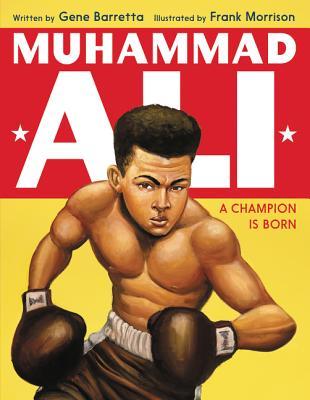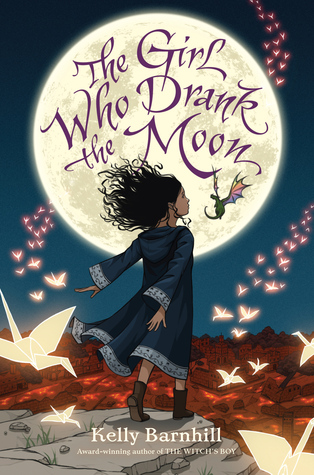Muhammad Ali: A Champion is Born
by Gene Barretta
illustrated by Frank Morrison
HarperCollins/Katherine Tegan Books, 2017
review copy provided by the publisher
This book has a unique text structure, making it interesting for study as a mentor text.
Rather than beginning with Muhammad Ali's childhood, this picture book biography starts with a series of dated snapshots of Ali's key fights -- his surprise first win over Sonny Liston for the world heavyweight championship in 1964, his rematch and win over Liston in 1965, his defeat of George Foreman in 1974 when he won the world heavyweight championship for a second time, and the 1978 fight with Leon Spinks when he became the first boxer to win the world heavyweight championship three times.The word POW is prominent in each spread, along with famous quotes by Cassius Clay (aka Muhammad Ali).
If that isn't enough to hook the reader, this sentence does it, "And he owed it all to a stolen bicycle."
A page turn after that, the reader is taken back to 1954, beginning again at the very beginning, and learning how it happened that a stolen bicycle really did lead to a boxing gym and an early mentor and a dream that became a reality.
This book is a fabulous introduction to an iconic athlete who was also a humanitarian, social activist, and positive role model for those diagnosed with Parkinson's disease.

















